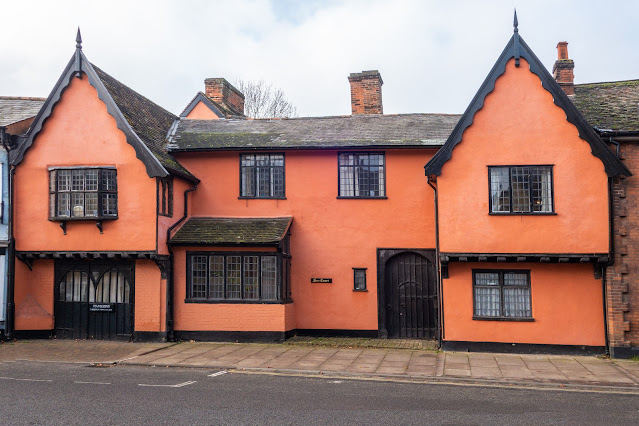The deserted village of Wharram Percy
Wharram Percy is a deserted village in a beautiful, secluded location in the Yorkshire Wolds. The village is the most extensively studied of all deserted medieval villages in England. Excavations at Wharram Percy took place every year between 1950 and 1990 and reveal the rich history of the village and why it was eventually deserted.
The village was first settled in the Bronze Age, though the first dwellings of which we have records date from the Iron Age, when two houses were established. By the Roman period there were five farm sites here, and finds of Roman tiles and tesserae indicate the presence of a Roman villa nearby.
There was further settlement in the Saxon period and a corn mill stood here by the 9th century. A small chapel stood on the site of the current church in the 10th century.
From the 12th century there were two manors at Wharram Percy, known to archaeologists as North Manor and South Manor, the latter owned by the powerful Percy family. The Percy's later obtained the North Manor as well.
The village declined after the onset of the The Black Plague of 1348-50, and by 1368 there were 30 cottages and a corn mill. In 1403 the final decline began when the Hilton family of Sunderland bought the manor and began to convert farmland to sheep pasture. This process continued throughout the 15th century and by 1500 the final four families were evicted and their cottages demolished.
The final stage of Wharram Percy's history came in the late 18th century, when Sir Charles Buck built a new farmhouse and farm buildings.
The only remaining buildings are the ruined church and the farmhouse built by Buck. On a slope above the church are the foundations of over 30 medieval farm cottages. The outline of the cottages is clearly visible and there are very good information panels which inform visitors about the village layout and archeology. Beside the church is a quiet mill pool.
The location is superb, set low in a valley with wooded hill on one side and a broad slope on the other. Come in the evening and the only sound you hear is the lowing of cattle from neighbouring fields and the sound of doves cooing in the trees that cluster around the village site.
St Martin’s Church evolved through six phases between the early 12th and early 17th centuries. Following the collapse of the tower in 1959, the interior of the church was excavated, revealing a smaller, mid-11th-century stone church and a mid- to late 10th-century timber antecedent.
Four successive vicarages stood nearby between about 1327 and the 1830s. A medieval barn, the outline of which is displayed, was extended to adjoin the earliest vicarage in 1536. When both burned down in 1553, the vicarage alone was rebuilt. It was replaced in the mid-17th century and again before 1764. The outline of the excavated ground-floor rooms of this last vicarage can be seen to the north of the church.






Comments